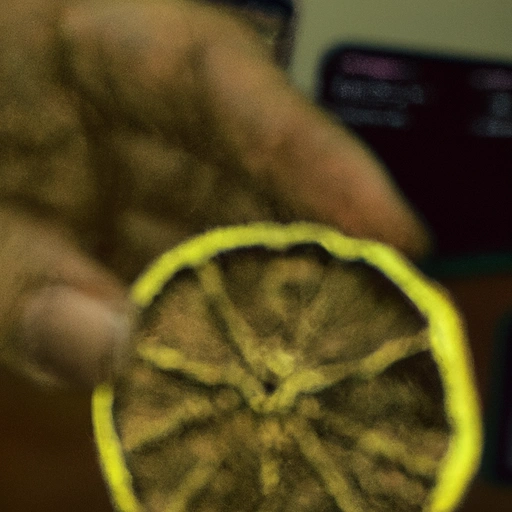Dried Lemon
Description

Dried lemon is a dehydrated form of the fresh fruit, known for its concentrated flavor and long shelf life. This ingredient is made by removing the moisture from lemon slices or zest, which intensifies its tart and citrusy profile. Dried lemons can be used whole, sliced, or ground into a powder, and they are commonly incorporated in a wide range of culinary applications, from spice blends to teas and baked goods. In recipes, dried lemon is often measured in teaspoons (tsp) or tablespoons (tbsp) for ground forms, or by the piece when used whole. In metric measurements, this translates to grams (g) and milliliters (ml), while in imperial units, ounces (oz) and fluid ounces (fl oz) may be used.
Common uses
Dried lemon is commonly used to enhance the flavor of savory dishes, sweets, and beverages. It is a versatile ingredient that adds a zesty kick to marinades, dressings, and spice rubs for meats and seafood. Dried lemon slices or zest can also be a decorative and flavorful addition to desserts or cocktails.
Nutritional value
Calories
Dried lemon is low in calories, making it a diet-friendly flavor enhancer.
Protein
This ingredient contains trace amounts of protein.
Fat
Dried lemon is virtually fat-free.
Carbohydrates
It consists mainly of carbohydrates, primarily from dietary fiber and natural sugars.
Vitamins
Dried lemon retains some of the vitamins found in fresh lemons, such as vitamin C, though in smaller amounts due to the drying process.
Minerals
It also provides various minerals including potassium and calcium.
Health benefits
Dried lemon is known for its digestive benefits and can help freshen breath. The presence of vitamin C, even in reduced amounts, supports the immune system, while the antioxidants found in lemons can combat free radicals.
Potential risks
Consuming dried lemons in excessive quantities can lead to digestive discomfort due to the high acid content. People with citrus allergies should avoid this ingredient.
Common recipes
Dried lemon is used in recipes such as tagines, stews, and Middle Eastern rice dishes. It's also found in baked goods like lemon pound cakes and cookies.
Cooking methods
Whole dried lemons can be simmered in dishes, while ground dried lemon can be used as a seasoning or garnish.
Pairing with other ingredients
Dried lemon pairs well with herbs like rosemary and thyme, spices such as cumin and coriander, and complements proteins like chicken and fish.
Summary
Dried lemon is an adaptable and flavorful ingredient that adds a zesty, citrusy punch to a variety of dishes. Its global appeal and health benefits make it a popular choice in both home and professional kitchens. Whether used whole, sliced, or ground, dried lemon is a staple in spice cabinets around the world.